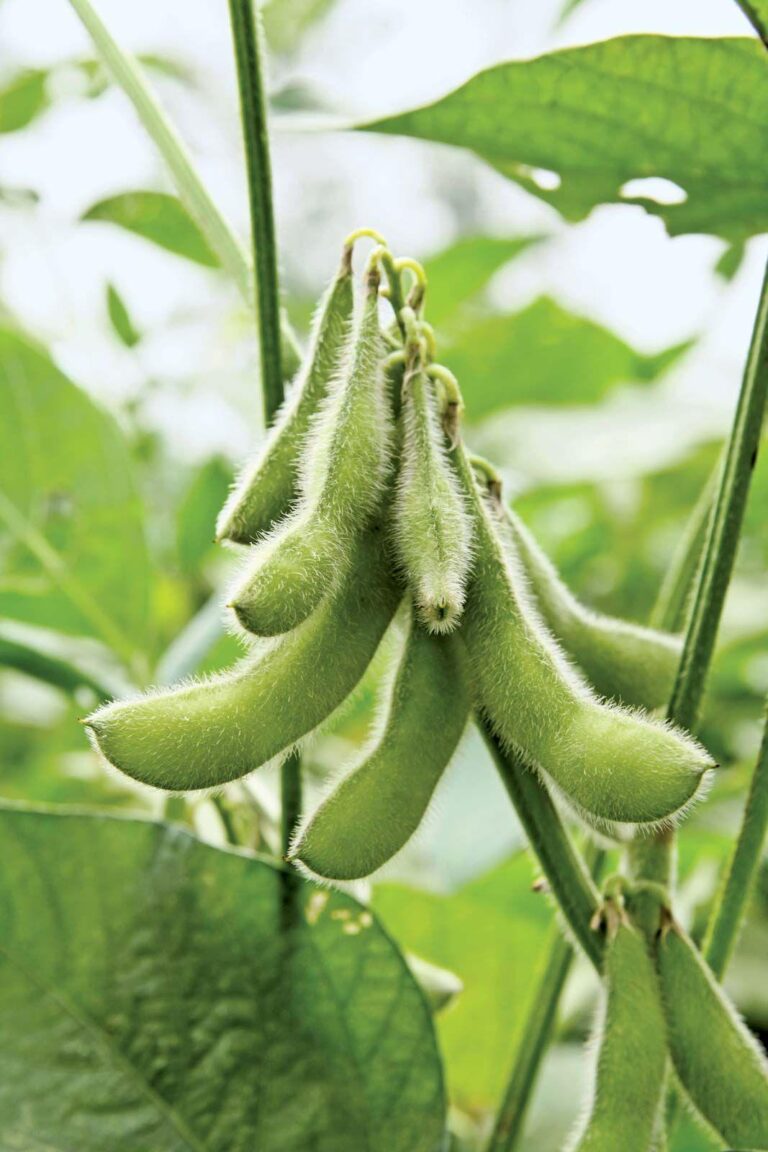American farmers have expressed cautious optimism following China’s recent pledge to increase soybean purchases from the United States, a move seen as a positive step amid ongoing trade tensions. While the promise offers some relief to a sector hit hard by tariffs and shifting global markets, experts warn the deal falls short of resolving deeper issues affecting the agricultural economy. This development highlights both the potential and the limitations of current efforts to stabilize one of America’s key export industries.
American Farmers Applaud China’s Soybean Purchase Pledge but Remain Cautious
American soybean farmers have expressed a mix of optimism and caution following China’s recent commitment to resume large-scale soybean purchases. The pledge is seen as a positive step toward alleviating the prolonged trade tensions that have suppressed export demand and driven down crop prices. Farmers appreciate the potential for stronger market access and a long-awaited boost in the value of their harvests. However, uncertainties linger given past fluctuations in Chinese buying patterns and the complexities of international trade agreements. Many growers emphasize that sustainable demand – rather than sporadic deals – will be crucial for meaningful recovery.
Experts and producers alike point to several ongoing challenges that remain unaddressed:
- Trade Policy Stability: The potential for abrupt tariff changes or political shifts could undermine investor and farmer confidence.
- Market Diversification: Over-reliance on a single buyer like China may expose U.S. agriculture to significant risks.
- Supply Chain Resilience: Logistical bottlenecks and export infrastructure need enhancement to handle increased volumes efficiently.
| Factor | Status | Impact on Farmers |
|---|---|---|
| Chinese Buying Pledge | Confirmed | Potential price improvement |
| Trade Tariffs | Uncertain | Risk of sudden market shifts |
| Export Infrastructure | Needs Improvement | Possible shipping delays |
Trade Experts Explain Why the New Deal Falls Short of Long-Term Agricultural Stability
While the recent agreement marks a step forward in revitalizing American agricultural exports, industry analysts and trade experts caution that it ultimately functions as a short-term fix rather than a sustainable solution. They emphasize that the deal’s reliance on increased soybean purchases from China does not address underlying issues such as market volatility, fluctuating tariffs, and widening trade imbalances. More critically, the absence of comprehensive frameworks to protect farmers from future geopolitical tensions leaves the agricultural sector vulnerable to sudden disruptions.
Experts highlight several crucial factors that limit the efficacy of this new arrangement:
- Lack of diversification: Overdependence on a single commodity restricts economic resilience.
- Unpredictable policy shifts: Changes in international relations can quickly revoke trade benefits.
- Insufficient infrastructure investment: Inadequate modernization hampers competitive edge in global markets.
| Trade Factor | Current Impact | Long-Term Risk |
|---|---|---|
| Commodity Concentration | High dependence on soybean exports | Market shocks could devastate farm incomes |
| Tariff Stability | Temporary tolerances granted | Potential for sudden tariff reinstatements |
| Infrastructure | Limited investment in logistics | Competitive disadvantage in export efficiency |
Recommendations for US Policymakers to Strengthen Farming Sector Amid Ongoing Trade Challenges
To bolster the resilience of the US farming sector amid fluctuating trade relations, policymakers must adopt a multi-faceted approach. Diversifying export markets beyond traditional partners like China is essential to reduce overreliance and mitigate risks from geopolitical tensions. Additionally, increasing federal investment in agricultural innovation – including sustainable farming technologies and crop disease management – will enhance productivity and global competitiveness. Strengthening infrastructure, particularly rural broadband access, is also key to enabling farmers to leverage digital tools for precision agriculture and market access.
Furthermore, targeted financial support and risk management programs should be expanded to protect farmers from sudden market shocks. Policies encouraging crop insurance improvements and emergency relief funds can provide a critical safety net. Below is a summary of priority actions recommended for effective policy reform:
| Priority Area | Key Action |
|---|---|
| Market Diversification | Expand trade agreements with new partners |
| Innovation Investment | Fund research on sustainable farming methods |
| Infrastructure | Improve rural broadband for digital tools |
| Financial Support | Enhance crop insurance and emergency aid |
- Encourage public-private partnerships to accelerate technology adoption across farms of all sizes.
- Facilitate farmer education programs on navigating global Trade dynamics and utilizing new technologies effectively.
- Promote sustainability standards that align with international market expectations, enhancing export potential.
- Monitor and evaluate policy outcomes regularly to ensure responsiveness to evolving market conditions and farmer needs.
Key Takeaways
While China’s commitment to increase soybean purchases offers a welcome boost to American farmers still reeling from trade disruptions, experts caution that underlying challenges remain. Issues such as tariff uncertainties, market volatility, and global supply chain complexities continue to cast a shadow over the agricultural sector’s recovery. As negotiations move forward, stakeholders on both sides will need to address these broader concerns to ensure a more stable and sustainable future for the soybean trade.




